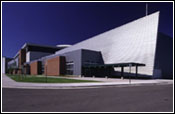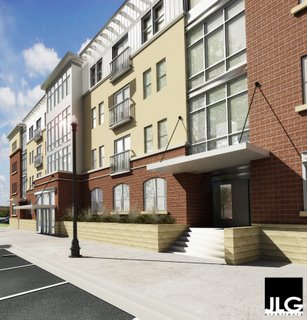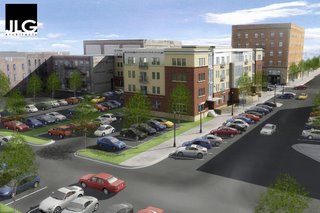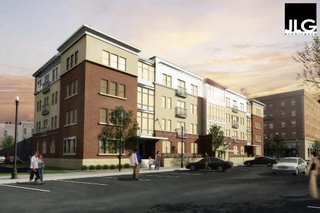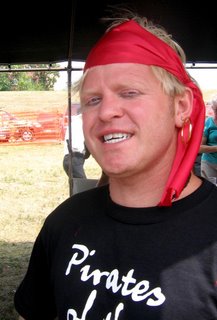UND Research Foundation says "no" to Amazon.com land
President Peter Alfonso said the foundation will build 19.5 acres on the west end of campus with a virtually free lease from UND. That means the foundation is turning down the city's offer of five acres of land for free and another 15 at the old Amazon.com land for $1.3 million.
As I wrote in my story today, it's not so much the money, which is substantial, as much as the control.
Alfonso said the foundation wants control of all 20 acres so it can do some detailed planning on the layout of the research park. The first phase only takes five acres but it has to be integrated with future phases, meaning the buildings and the parking lot have to be in just the right place. And the foundation can't do that if the city has veto power over what goes into the remaining 15 acres.
Well, that's the point for the city.
City Council member Eliot Glassheim, who's on the Growth Fund committee charged with these sort of deals, said the city wants to control what goes into the 20 acres because it still owns adjacent 57 acres adjacent that it needs to develop. If the foundation puts in some incompatible businesses, it could really chase away businesses that the city wants to attract.
My understanding is that the city would sell more land to the foundation as the research park grows. That gives the city a chance to vet what kinds of businesses the foundation puts in the park.
The weird thing, to me, is this: Alfonso mentioned something about there being advantages and disadvantages to both the west campus and the Amazon.com locations. He also mentioned that, originally, the foundation was just going to build on west campus until it got word that the city is interested in developing Amazon.com land.
I asked what the advantages and disadvantages were and he mentioned that the west campus location is easier for researchers to get to and therefore more attractive to businesses that are seeking new technology. Then he decided that he really didn't want to go into details about the advantages and disadvantages.
I explained that the reason I asked that question is I wanted to know why UND bothered with the Amazon.com location if west campus was so hot. To this, Alfonso said the foundation saw an opportunity to partner with the city.
Then I called Eliot and, as I was talking to him, it occurred to me that maybe the foundation needed the city for something. We kind of worked out that the city did bring one major advantage: a local match.
At the time the foundation began talking with the city, it was also seeking a grant from the state's Centers of Excellence program. But that program required local entities to put up a certain amount of funding to match.
Eliot said that he remembered the foundation wanting to price the five acres the city was willing to give up at something like $6 a square foot, for the purposes of the match. It was persuaded down to $3 a square foot, he said. But the thing is, even that is a tad higher than what the city was offering, which is $1.3 million, or $2 a square foot.
In other words, getting some kind of land commitment from the city might have made it easier to get the state grant. It didn't hurt either that the city also offered a $500,000 grant. Ultimately, the foundation got $3.5 million.
Now I didn't have time last night to run this theory through Alfonso, so I don't know if he has an explanation. I'm just going to assume it was all in good faith. Maybe the Amazon.com location is attractive because there's more room for expansion beyond the 20 acres. Maybe there's some internal UND dynamics that made the west campus land less attractive at an earlier time and Alfonso didn't want to talk about it.
But having the city's commitment no doubt helped the foundation get those grants.



